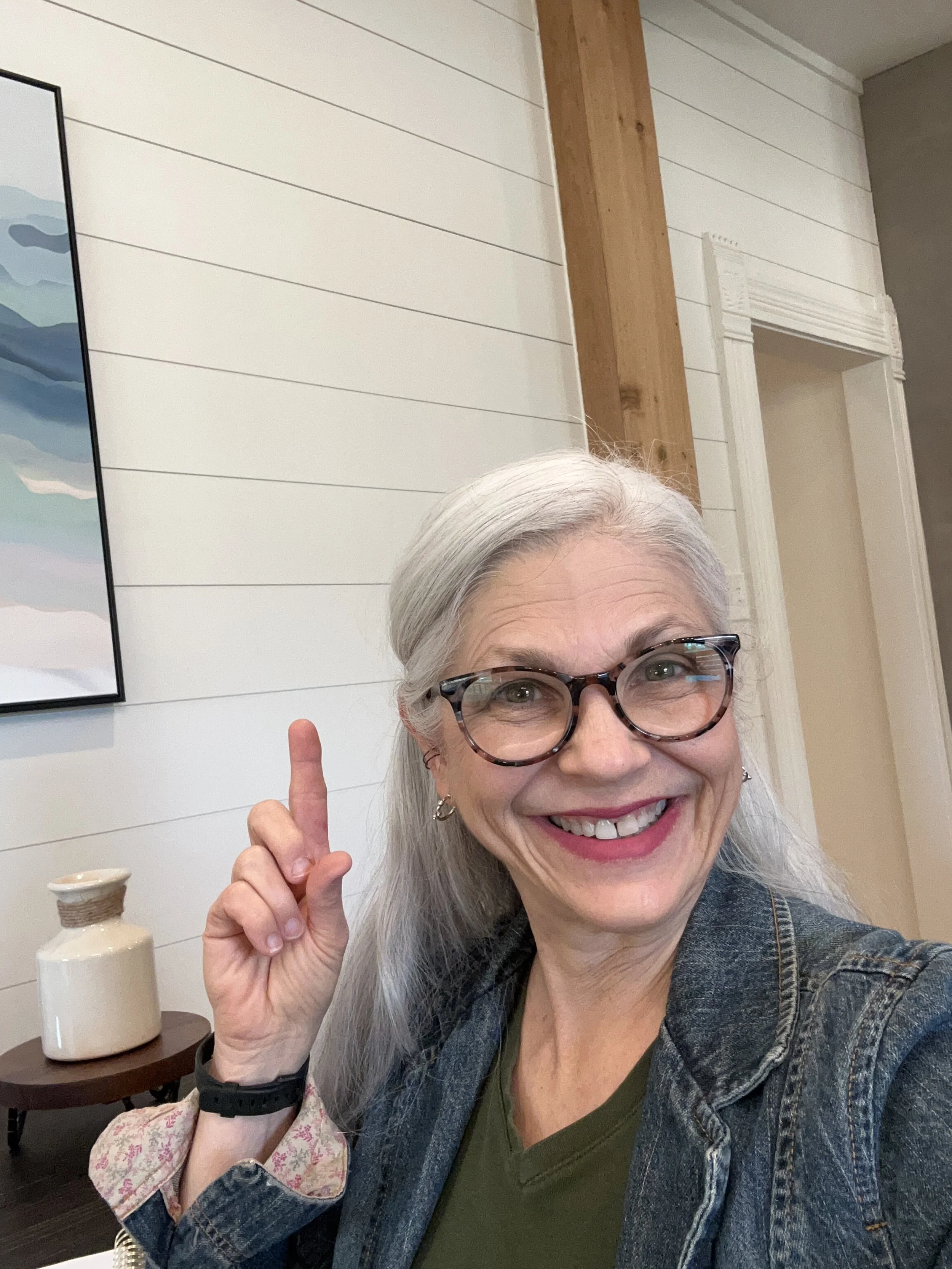Learn from My Mistake: The Avoidable Teaching Misstep That Leads to “WOW” Piano Playing
Are you teaching your students to always crescendo to the high note? Here’s why that may be holding them back—and how to help them shape phrases that actually move listeners.
I used to think every phrase should crescendo to the high note. That’s where the energy is, right?
But something always sounded… off.
It wasn’t until I attended a fantastic conference session with Peter Mack that I finally had my “aha” moment. He talked about the emotional arc of a phrase—and suddenly, everything clicked.
Yay - I get it now!
The High Note Isn’t Always the Climax
Sometimes, the high note lands on a weak beat.
It might be a passing tone or even part of a gentle descent meant to release tension, not build it.
That changed the way I listened—and the way I taught.
Now, I invite my students to listen first and analyze second. We don’t just follow the contour of a melody. We ask:
Where does the phrase want to go?
What kind of character does it have?
Where’s the real destination?
It’s not just technical. It’s emotional. It’s artistic. And it’s where the magic happens.
Two musical superheroes save the day!
A New Way to Teach Phrasing: Meet Tonal and Sonica
I created a digital storybook called Tonal and Sonica to help students (especially young ones) internalize phrasing in a way that’s fun, visual, and memorable.
This isn’t another “play it like this” method.
It’s a conversation.
Tonal is our superhero—a musical hero who throws a powerful jewel at the most important note in each phrase. Every other note has to serve that jewel.
But even Tonal needs help—so he teams up with Sonica, a sharp-eared sidekick with incredible listening powers. Together, they guide students through a musical adventure full of balance, contrast, and expressive choices.
And yes, there’s a villain too. (Every great story needs one, right?) Tritone is always causing tension—but our musical superheroes rise to the challenge.
4 Phrase Shapes Students Explore Inside the Book
Through storytelling and guided examples, students explore four distinct phrase types:
1️⃣ The mountain-top moment – A phrase with a high note that’s truly the climax.
2️⃣ The sneaky high note – A high note that lands on a weak beat, not the real star of the show.
3️⃣ The dual climax – Two possible “strong” notes? We shape toward the one with the natural resolution.
4️⃣ The emotional peak – The climactic note of the entire piece—the one that deserves full attention.
These musical moments come to life through less than five minutes of story—but the lesson sticks long after the book is closed.
Let These Superheroes Join Your Studio
Tonal and Sonica has been a favorite in my studio for over four years. It’s helped my students move from playing “just notes” to creating real music—the kind that makes parents lean in and go, “Wow.”
If your students are ready for that next step, this book might just be your secret weapon.
Interested in a paperback book that kids can have a home - and hold in their hands?
And remember—sometimes the most powerful musical moments… aren’t loud at all.
It’s not just about what you do. It’s also about what you don’t do.
Here’s to helping your students play with more beauty, sensitivity, and heart than ever before. ❤️

